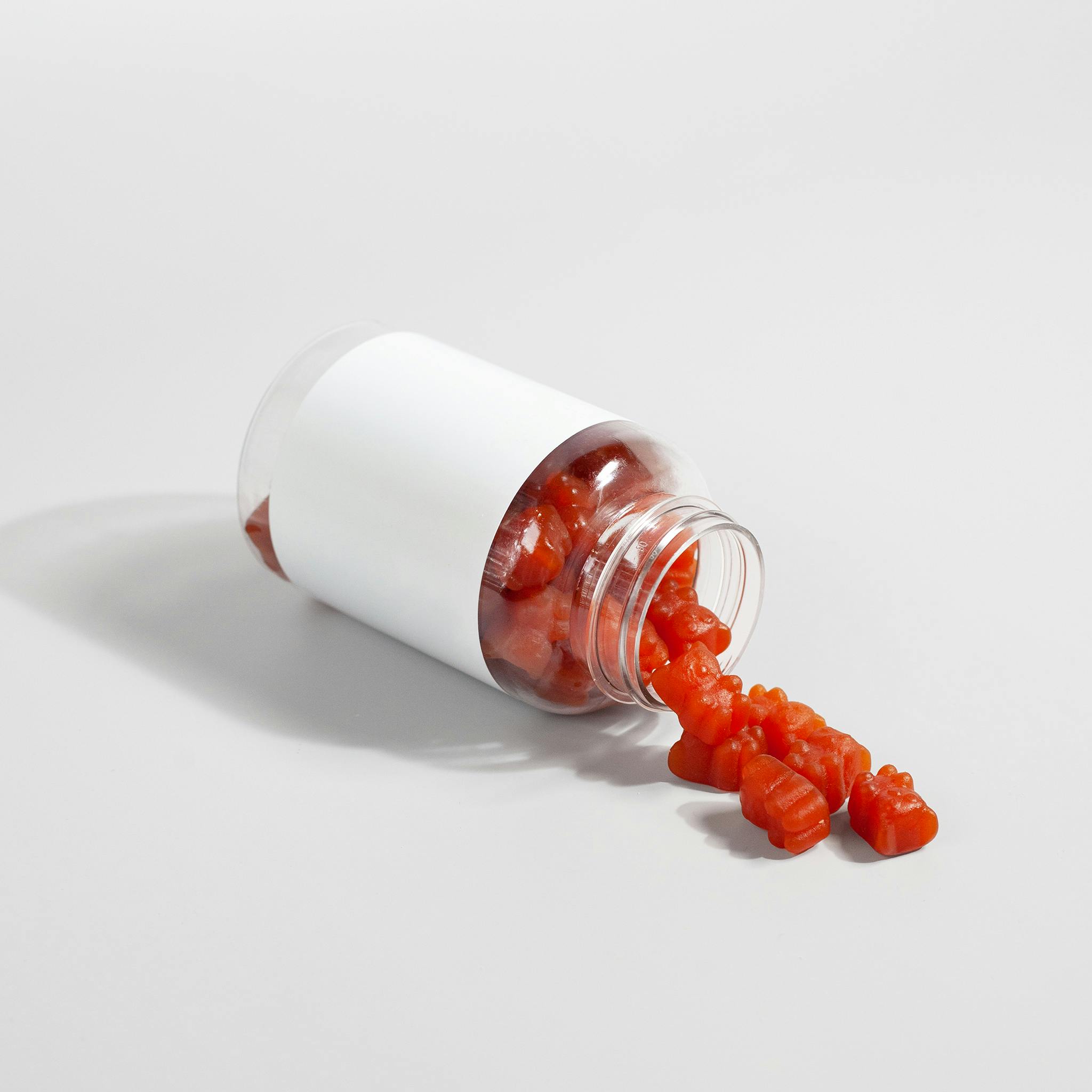Articles
30 June 2012
Vol. 34 No. 3 (2012)
Cardiocirculatory intraoperative assessment during single-shot caudal anaesthesia in children: comparison between levobupivacaine and ropivacaine
Publisher's note
All claims expressed in this article are solely those of the authors and do not necessarily represent those of their affiliated organizations, or those of the publisher, the editors and the reviewers. Any product that may be evaluated in this article or claim that may be made by its manufacturer is not guaranteed or endorsed by the publisher.
All claims expressed in this article are solely those of the authors and do not necessarily represent those of their affiliated organizations, or those of the publisher, the editors and the reviewers. Any product that may be evaluated in this article or claim that may be made by its manufacturer is not guaranteed or endorsed by the publisher.
1196
Views
1745
Downloads









